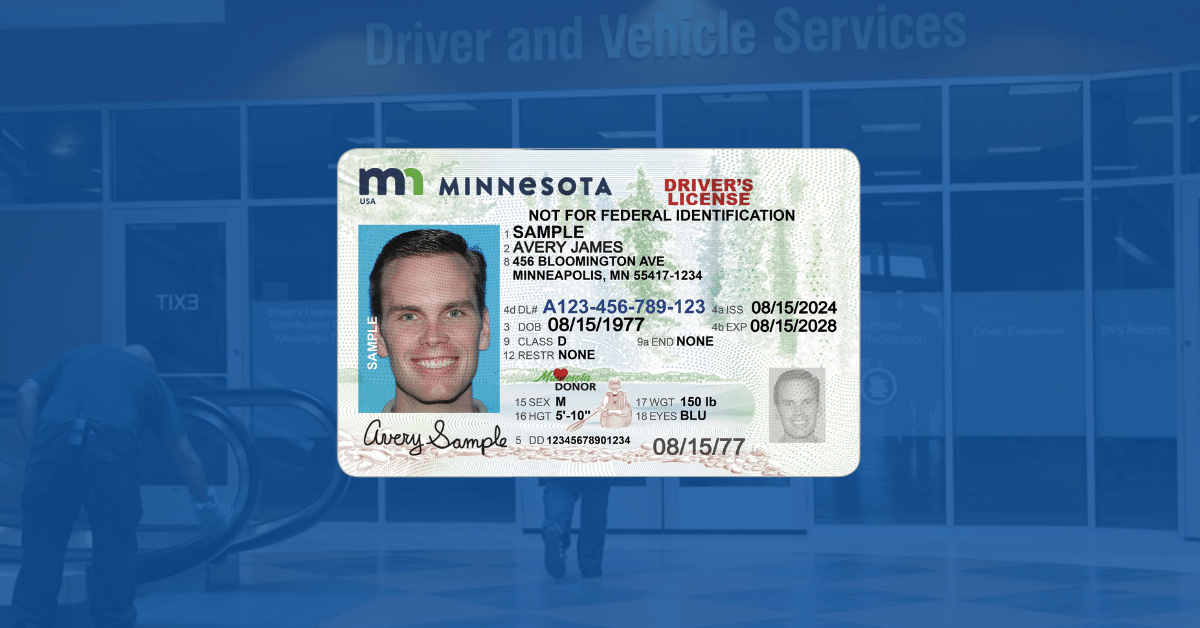Last updated on March 19th, 2024 at 03:21 pm
Recently, our industry was rocked with news of a $15 million settlement in the very public case against retail chain Parker’s Kitchen. Parker’s Kitchen sold alcohol to underage Paul Murdaugh, who, after consuming this alcohol, went on to crash a boat. The boat crash resulted in the death of 19-year-old Mallory Beach. While this is far from the first time a bar, nightclub, or store has been held liable for an underage sale, this case has attracted particular media attention due to heavy news coverage of the Murdaugh trial, with Mallory Beach’s death featuring prominently as part of the larger narrative around the South Carolina family.
The tragic consequences of an alcohol sale that never should have happened – a young girl’s life – weigh heavy on our team, and the larger community.
The accident was caused by, then 19 year old, Paul Murdaugh. Murdaugh purchased beer from Parker’s Kitchen using his older brother’s ID. While the ID was technically real, the face in the ID picture would not have matched Paul’s face; this scenario is known as someone using a “false ID.”
As we navigate the complex landscape of alcohol sales, the importance of robust age verification mechanisms cannot be overstated. The US is a society that values personal freedom, responsibility, and privacy, but in many cases this results in lax policies when it comes to age verification and ID checks. Beyond a mere regulatory requirement, age verification serves as a critical tool to mitigate the staggering human impact of underage drinking, prevent tragic drunk driving accidents, and uphold ethical business practices.
Young lives marred by alcohol-related health problems, addiction, and a disrupted path toward personal growth are a stark reminder of the need for diligent age verification.
But the impact of age verification extends beyond the realm of personal well-being. Drunk driving accidents continue to haunt our roads, leaving trails of heartache and despair. In the United States alone, the Centers for Disease Control and Prevention reports that nearly 30 people die in alcohol-impaired driving crashes every day and individuals under 21 are grossly over-represented in these statistics. Many of these accidents involve young individuals who, either by illegal means or lax enforcement, gained access to alcohol without proper age verification.
In addition to the human impact, businesses selling age restricted products risk large fines or loss of licensure due to underage sales. Just this year, thousands of businesses have been negatively impacted due to unwitting sales to minors, or held liable for outcomes of these sales.
- Cannabis Dispensary Owner Fined For Selling to Underage Agent
- Jade Palace fined $100,000 in fatal crash case
- Madison levies $10,000 fine against bar found filled with underage patrons
We work with businesses every day who are looking to put age verification systems in place to avoid these types of risk, and to take advantage of affirmative defense laws which allow them to confidently state they did everything they could to prevent underage sales.
Furthermore, responsible business practices enhance brand reputation and consumer trust. A brand that prioritizes age verification sends a powerful message: it values the well-being of its customers and the communities it serves. Such businesses become leaders in their industry, setting a standard for accountability that encourages others to follow suit.
In a world characterized by rapid technological advancement, age verification solutions are becoming increasingly sophisticated and accessible. From ID scanning technologies to robust online verification processes, the tools to ensure responsible alcohol sales are readily available. Implementing these measures not only safeguards lives and promotes public safety but also strengthens the fabric of our communities.
How to catch fake IDs
Having worked in the identity verification technology space for nearly a decade, I have seen firsthand the rapidly growing sophistication of fakes. They look nothing like the McLovin ID from the movie Superbad with obviously fake details and a grainy photo. In many cases they are indistinguishable from a valid ID to the naked eye. As many as 40-50% of fake IDs now scan, which means that their barcode is formatted to be read by an ID scanner. And most attempt at least a rudimentary hologram or watermark.
ID authentication – a process in which the ID is examined in infrared and ultraviolet light, checked against algorithmic format templates, and has its barcode reviewed for known flaws, is the only way to catch 95% of fakes. Although Paul Murdaugh was using a false ID, that would have passed even ID authentication (because it was his brother’s legitimate ID), the mere presence of an ID scanner would have likely been a major detergent and it would have demonstrated to Paul Murdaugh that Parker’s Kitchen was taking age verification seriously. Additionally, an ID scanner would have done the hard part of verifying the ID’s legitimacy, leaving the retail attendant to simply match Murdaugh’s face to the face on the ID.
While ultimately accidents will still happen, and nobody man or machine will be able to catch 100% of fake IDs, it is vital that businesses be proactive to ensure no more innocent lives are lost in preventable accidents. Connecting businesses with the technology that can save lives is more relevant than ever.




